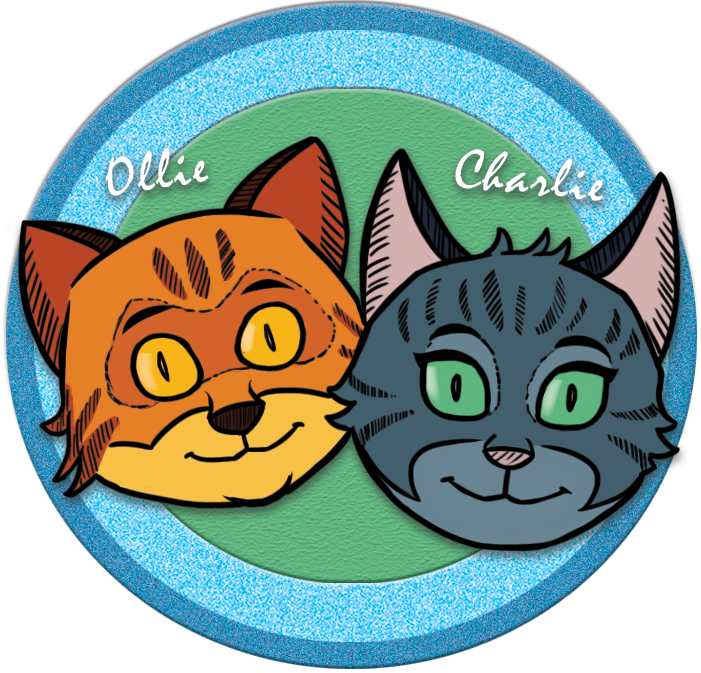Oboe
History
Double reed instruments were found in Mesopotamia from about 3000 BC and later in the ancient Greek and Roman civilizations. The oboe is a descendant of the 13th century shawm – a name used to describe an instrument played with a single or double reed. During the 17th century, the treble shawm evolved into the hoboy or hautboy. The Cor Anglais, or English horn, is a longer and lower pitched relation of the oboe. It has a beautiful and haunting sound.
Facts & Features
Most professional oboe players make their own reeds. Reeds must be soaked in water before they are played, so they can vibrate well.
The name ‘oboe’ comes from the French ‘hautbois, which means ‘high’ or ‘loud wood’.
All the players of an orchestra will tune their instruments to the principal oboist’s note ‘A’.
Oboes are most often made of grenadilla, or African Blackwood, although some are made from rosewood or violetwood.
Playing the oboe requires as much or more air as playing the tuba!
Famous Players
Jean Hotteterre - (1610-1691)
Georg Philip Telemann - (1681-1767)
Josef Fiala - (1748-1816)
Antonio Pasculli - (1842-1924)
Evelyn Barbirolli - (1911-2008)
Music To Listen To
Corelli - Concerto for Oboe
Mozart - Oboe Quartet
Ravel - Bolero
Dvorak - New World Symphony – Largo (Cor Anglais solo)
Prokofiev - Peter and the Wolf
Find Out
When were keys added to the oboe?
Name two concertos written for the Cor Anglais.
